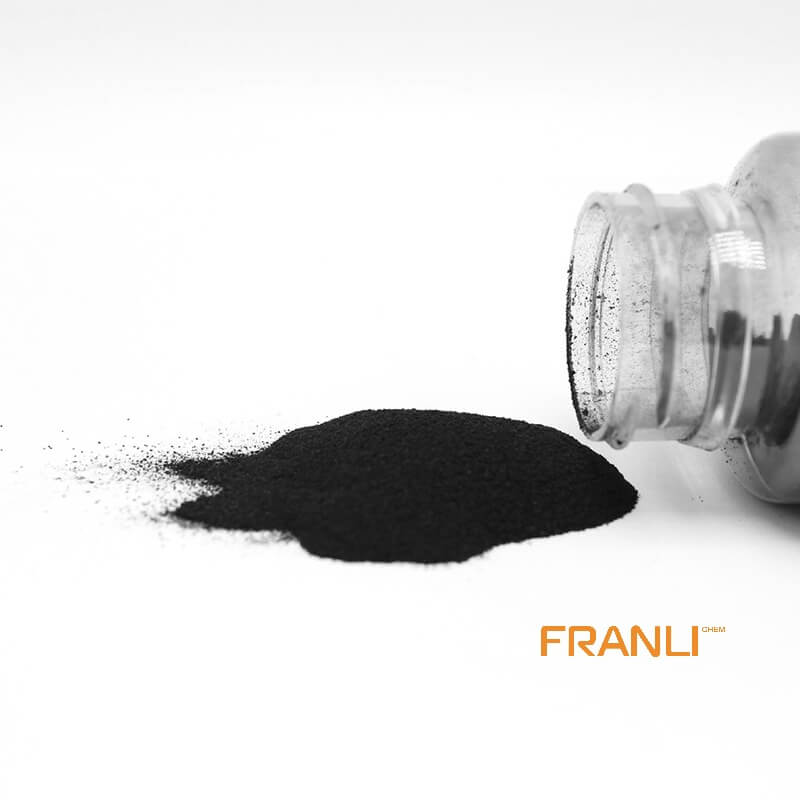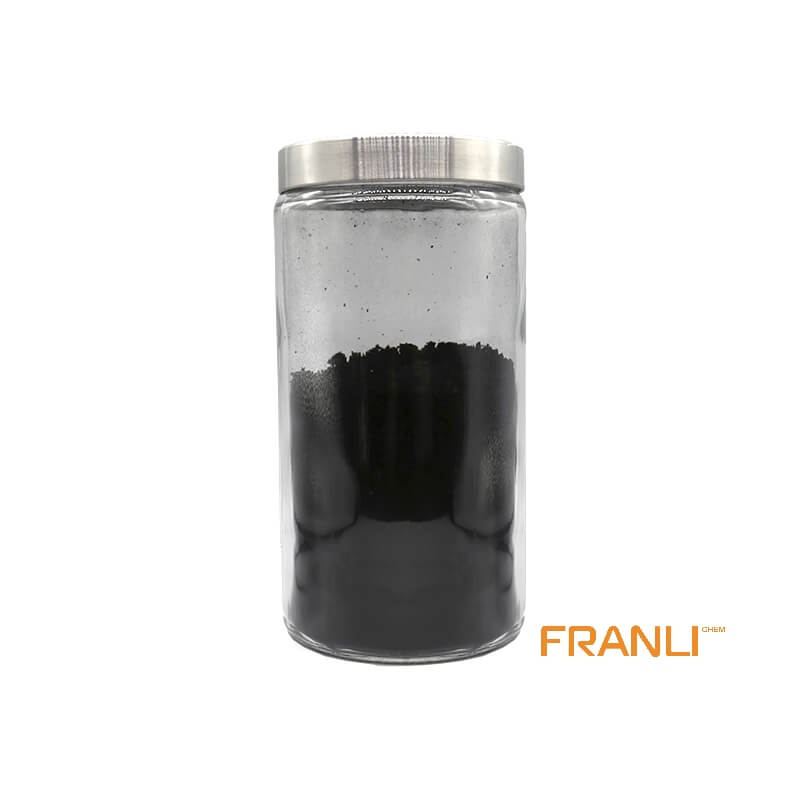

Graphene
Size
1-2nm thick x 0.5-5microns wide
Package
According to customer requirements
Features
High strength, high electrical conductivity, etc.
Application
Can be used as filler(between 0.01% and 5%).
Graphene, as the thinnest, toughest and best conductive nano material found at present. It is a two-dimensional crystal composed of carbon atoms stripped from graphite material with only one layer of atom thickness. Known as “black gold”, it is “the king of new materials”. Scientists even predicted that graphene “will completely change the 21st century”.
Request a quoteGraphene is the lightest, thinnest and hardest two-dimensional new material. If some graphene materials are added to the lithium battery to optimize the battery performance, this will reduce the oxygen release of the battery, reduce the emission of toxic gases and white smoke, and improve the safety factor. If the lithium battery catches fire, graphene will absorb the oxygen in the battery, thereby reducing the risk of battery fire and explosion, making it safer.

Why lithium batteries are prone to fire than graphene battery?
1. Lithium-ion batteries catch fire because of the rapid cycling or charging and discharging of the battery, as well as the high temperatures that build up inside the battery. The above conditions cause the cathode inside the battery (in most cases, the cathode is an oxide containing lithium, usually lithium cobalt oxide) to decompose and release oxygen. Electrolytes, on the other hand, decompose at high temperatures and release flammable products. If oxygen combines with such flammable products, spontaneous combustion will occur.
2. Reza Shahbazian-Yassar, who is an associate professor of mechanical and industrial engineering at the University of Illinois at Chicago School of Engineering, said: “We thought that if we had a way to prevent the oxygen released from the cathode from combining with other flammables in the battery, we could reduce the possibility of fire. properties.” It turned out that the perfect solution was the material graphene, an ultrathin layer of carbon atoms with unique properties.
Why graphene batteries are not easy to explode?
1. Graphene batteries are not easy to explode. The reason for this is that compared with lithium batteries, graphene batteries have a much higher safety factor. At present, there are no real graphene batteries on the market, but graphite conductive materials are only added to the design of lead-acid batteries to improve battery performance. If it is a real graphene battery, because of its good heat dissipation, and it is not easy to generate heat and heat, the chance of explosion is not high.
2. The reason why graphene batteries are loved by everyone is because this kind of battery has strong power storage. It is rumored that it can “run 1,000 kilometers in 10 minutes on a charge”. But because mass production of this kind of battery requires a lot of manpower and material resources, the graphene battery currently popular on the market is not a real graphene battery, but the two poles of the lead-acid battery are added to the graphite conductive material. In essence, it is still a lead-acid battery .

3. The biggest difference between a graphene battery and a lithium battery is that it has better heat dissipation, good electrical conductivity and good power storage. In addition, this material has a relatively strong tolerance to temperature and strong stability. Compared with lithium batteries, graphene batteries are not prone to heat and heat, and are less likely to explode. In addition, although most of the graphene batteries on the market are lead-acid batteries, the stability of this battery is relatively strong, and it is not easy to catch fire and explode.
As a basic material, graphene can be organically combined with various other materials in various forms, and there will be infinite possibilities.



